- China, Japan and South Korea will pay more attention to the role of the Belt and Road Initiative in tripartite cooperation

The 8th China-Japan-ROK Leaders' Meeting was successfully held on December 24, 2019 in Chengdu, Sichuan. The leaders of the three countries exchanged in-depth views on China-Japan-ROK cooperation and regional and international issues, and spoke highly of the fruitful results of the continuous expansion and deepening of China-Japan-ROK cooperation over the past two decades, and their important contributions to promoting peace and development in Northeast Asia. The conference published the "Prospects for the Next Decade of China-Japan-ROK Cooperation" and adopted the outcome documents such as the "China-Japan-Korea + X" early harvest project list.

In 2019, the 20th anniversary of China-Japan-ROK cooperation. At this time, the three countries came together again with the common aspirations of open cooperation and free trade. The primary partners of the Belt and Road Initiative are neighboring countries. This is a topic that cannot be avoided, and what kind of spark will be encountered?
CJK + One Belt One Road =?
During his meeting with Wen Zaiyin, Xi Jinping proposed that the two sides can promote the joint construction of the “Belt and Road” initiative and the development of the Korean strategic planning. The results will be more effective and early, and the second stage of bilateral free trade agreement negotiations will be accelerated. Innovative R & D cooperation will be better achieved Complementary advantages and shared results. It is necessary to make good use of the platform of the China-Korea Humanities Exchange Promotion Committee to carry out exchanges in the fields of education, sports, media, youth, and localities, and continue to promote mutual understanding and friendly feelings between the two peoples. When meeting with Abe, Xi Jinping said that the two sides should expand pragmatic cooperation, promote high-quality co-construction of the Belt and Road Initiative and third-party market cooperation between China and Japan, strengthen mutually beneficial cooperation in areas such as artificial intelligence, big data, and the Internet of Things, and actively cultivate two-way openness, fairness, and transparency. Non-discriminatory innovation environment, and strive to achieve a higher level of mutual benefit and win-win situation. It is necessary to strengthen exchanges in the humanities such as culture, tourism and education, promote two-way exchanges among young people, expand cooperation with local sister cities, support each other in hosting the Tokyo Olympics and the Beijing Winter Olympics, and lay a solid foundation for the friendship between the peoples of the two countries.
China, Japan, and South Korea, as important Asian countries and the three major economies in East Asia, have a GDP of more than one-fifth of the global total, and play an extremely important role in the global economic structure. In the current international situation of slowing world economic growth, increasing downward pressure and intensified geopolitical conflicts, the convening of this conference is of even greater practical significance. It is the consensus to break the economic ice and report to the group for heating. The China-Japan-ROK leaders' meeting is highly efficient, pragmatic and fruitful. From a strategic and long-term perspective, make specific arrangements for China-Japan-ROK cooperation in the next decade. It will further promote the upgrading and upgrading of cooperation among the three countries, and provide stronger assistance for regional and world peace, stability, and prosperity.
This has also further consolidated the ideological and practical foundations of the cooperation between the three countries under the framework of the Belt and Road Initiative, leaving room for expansion. On the one hand, all three countries have released firm confidence and positive signals to adhere to the road of opening up, which is consistent with the development direction of the Belt and Road Initiative. On the other hand, the three parties are looking for practical cooperation points, such as regional interconnection and infrastructure cooperation including transportation and logistics. Japan proposed that it hopes that the two sides will continue to expand pragmatic cooperation in the areas of economy and trade, investment, innovation, tourism, culture, and sports. Is willing to actively promote third-party market cooperation with China and strengthen communication and coordination on regional issues. These areas are the main construction content of the Belt and Road Initiative. At the practical level, they will set the tone for all parties to advance the next planning and docking, and become a new point of cooperation for cooperation.
1 + 1 + 1> 3, how to achieve it?
How to resist the cold wave together under the framework of the Belt and Road Initiative? The three countries can achieve complementary advantages and common development in many aspects.
infrastructure. Japan and South Korea have unique advantages in technology, talents and management, and China has extensive experience in infrastructure construction. The three countries cooperate in third-party markets to jointly participate in infrastructure projects with huge space and broad prospects. Cooperation in logistics channels. Central Asia and Europe cross-border railway transportation, China-Russia and China-Mongolia railway cross-border transportation, especially the railway transportation connecting China and Europe, are important channels for cross-border transportation between China and Japan, and can become important targets for Sino-Japanese logistics enterprise cooperation. Energy cooperation. The three countries are also big importers of oil and gas resources. They can strengthen cooperation with relevant countries and regions along the Belt and Road, reduce the “Asian premium” of oil and gas, ensure energy security, and explore possible paths for the development of new energy. Financing cooperation. With the help of the AIIB and ADB's international multilateral platforms, it is possible to carry out financing cooperation on several iconic projects in the Belt and Road sector. Disaster prevention and mitigation cooperation. All three countries have typical monsoon climates and face similar natural disasters such as floods, droughts, and high temperatures. In the future, cooperative research on disaster prevention and reduction can be carried out. Using the Belt and Road platform, the three countries can combine their respective advantageous resources, promote deeper and closer cooperation, promote "three wins", and achieve 1 + 1 + 1> 3.
In these six years, the Belt and Road cannot be ignored
It has been six years since the Belt and Road Initiative was launched from 2013 to 2019. On September 28, 2017, Shinzo Abe stated that he hopes that the Belt and Road Initiative will become an opportunity to open the diplomatic situation between Japan and China. As a result, Japan's Belt and Road Initiative has turned from negative to positive. China and South Korea have long begun to link the Belt and Road Initiative with the South Korean Eurasian Initiative. However, the relationship between the two countries has fallen into a low tide due to the "Sad" issue, which has affected the Belt and Road cooperation. Later, Wen Zaiyin actively improved after he took office. At present, the effective docking of South Korea's New North policy with the Belt and Road Initiative is being carried out in the three provinces and regions of Northeast China. South Korea is participating in the Asian Investment Bank, the Tumen River Development Plan, and projects related to the China-Mongolia-Russia Economic Corridor to build a railway network that connects the railways of China, Mongolia and other countries with the Korean Peninsula railway.
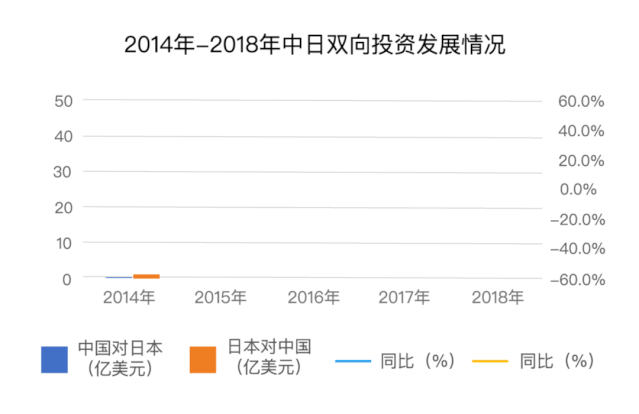
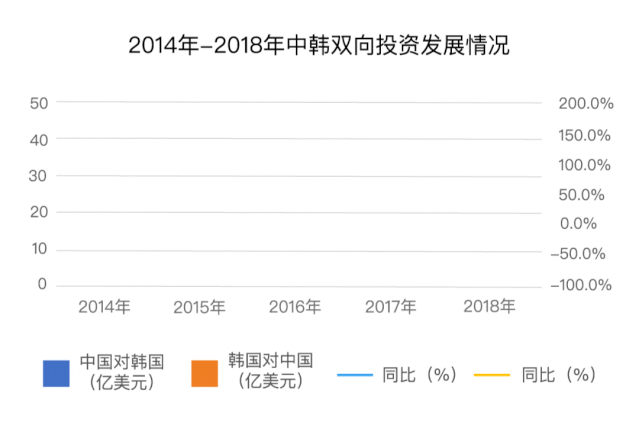
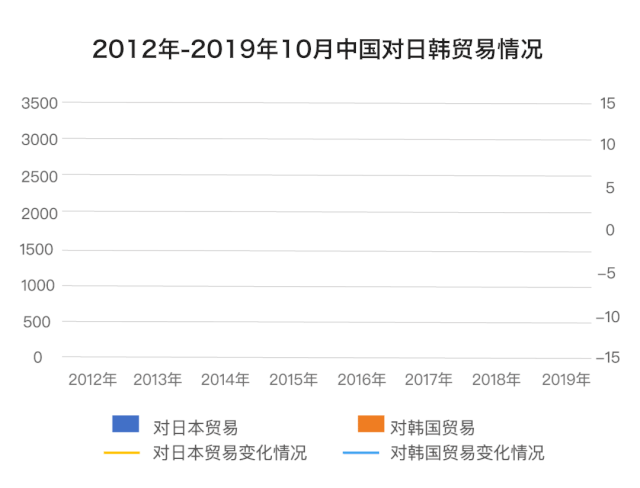
At present, the economic and trade exchanges between the three countries have achieved certain results: in 2018, the import and export volume of bilateral goods between China and Japan increased by 6.8% year-on-year, and China became Japan's largest exporter and importer; in 2018, the bilateral trade volume between China and South Korea exceeded US $ 300 billion for the first time . Many countries, including Japan and South Korea, have seen the sincerity of the Chinese plan, seen the benefits brought to other countries, and seen that the Belt and Road Initiative is gaining wider recognition from the international community. The Belt and Road Initiative is becoming an important catalyst for enhancing bilateral relations. The Belt and Road Initiative has gone through six years of ups and downs, and China-Japan-South Korea cooperation has also been ups and downs for 20 years. The two hands holding each other and the embrace of the three will bring positive developments for their respective developments and regional development. ? Just wait and see. Editor / Li Dan
Comment
 Praise
Praise
 Collect
Collect
 Comment
Comment
 Search
Search


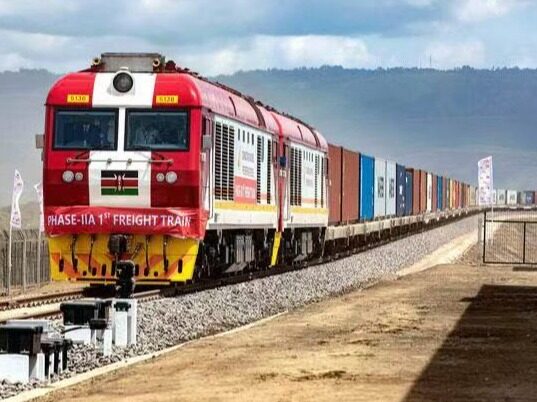
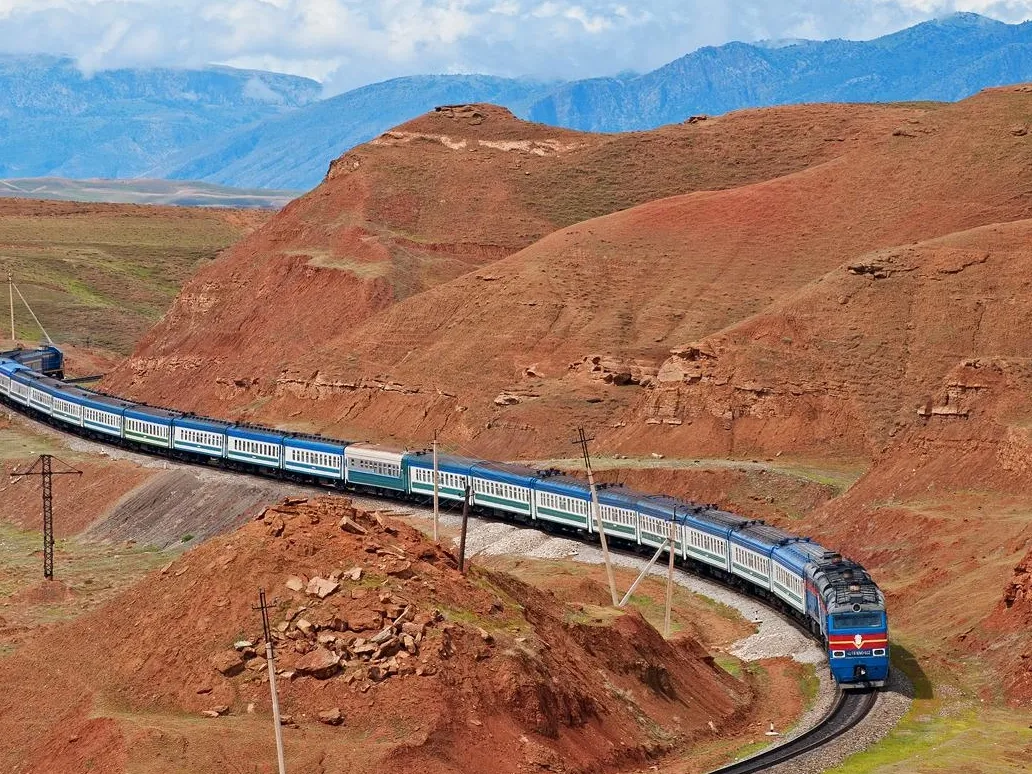

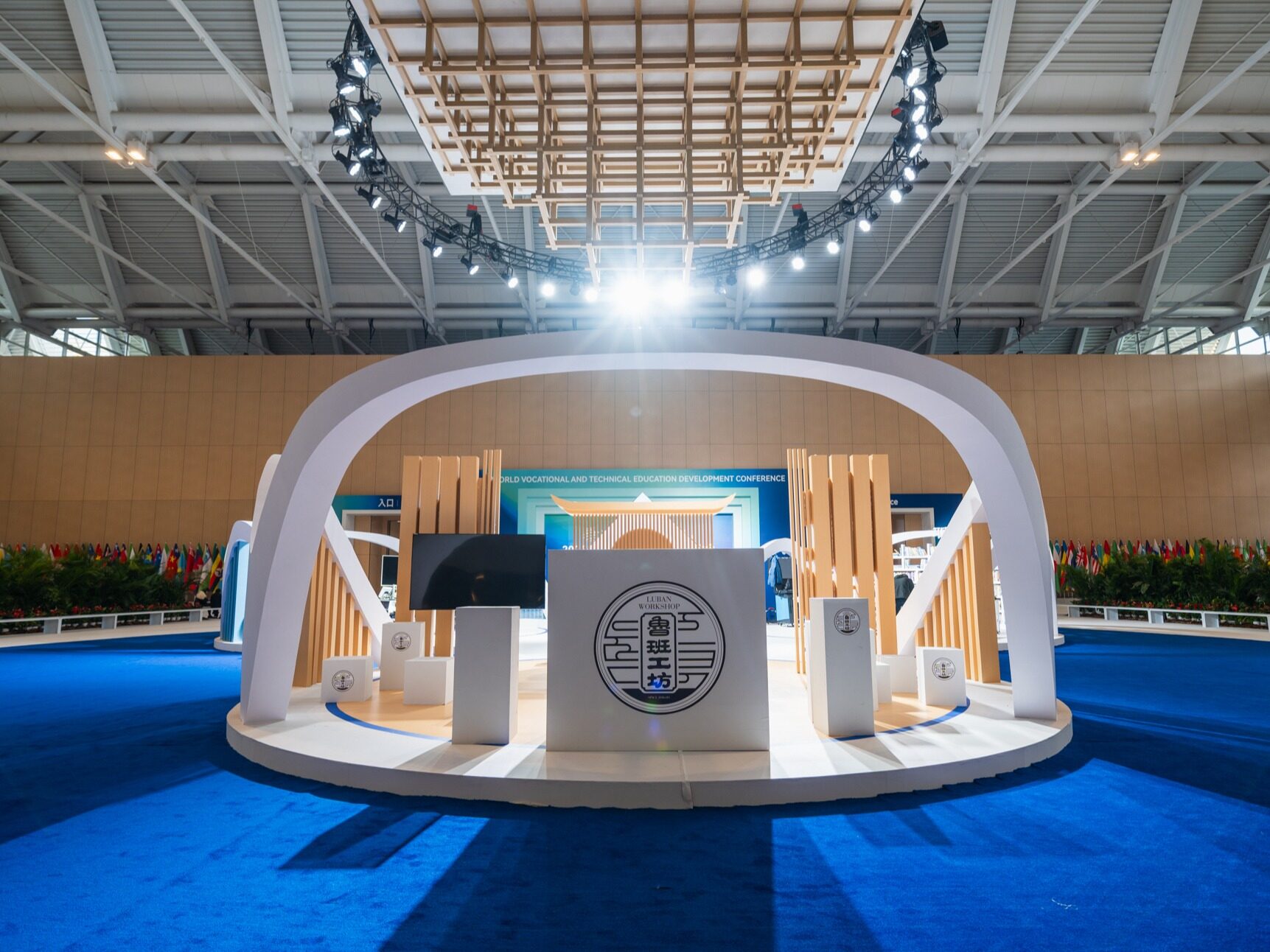








Write something~